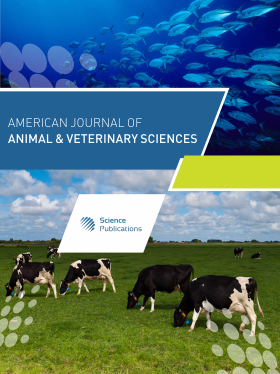Stable Isotope Diet Reconstruction of Feral Horses on the Sheldon National Wildlife Refuge, Nevada, USA
- 1 Department of Plant and Wildlife Sciences, Brigham Young University, Provo, UT, United States
- 2 Sheldon-Hart Mountain National Wildlife Refuge Complex, U.S. Fish and Wildlife Service, Lakeview, United States
Abstract
Feral horse management has become a subject of significant controversy in the United States, resulting in part from opposing views of best management practices and limited empirical data. Feral horse densities increase in response to high reproductive rates and limited horse removal. with this increase, land managers are challenged with accurately quantifying horse diet selection and subsequent impacts on western rangelands. To accomplish this, we obtained tail hair isotopic values from samples collected from feral horses' tails in northwestern Nevada under the oversight of the Sheldon Refuge staff and animal use protocols. Plant samples were collected from two sites on the refuges (Little Sheldon and Badger Mountain). Plant biomass, abundance, and cover were determined at random locations within the two sites. The samples were dried and ground for analysis. Tail hair samples were taken from 10 mares and 10 stallions as they were being examined by Refuge staff. Tail hairs were cleaned and cut into 5 mm sections for analysis. The mean tail hair length was 807 mm. Horse tail hair has a growth rate of 0.72 mm/day which was used to set a timeline along the length of the hair strand, the bulb at time 0 to the end, approximately 1121 days. Carbon and nitrogen isotopic values were determined through mass spectroscopy on the tail hair section and the individual forage samples. IsoSource© software was used to compare isotopic values of tail hairs to those of plant tissues. The contribution of the various plant species to the tail hair mixture values was determined using. There were no plant isotope differences between the two sites. Chronology differences (p<0.05) between mares and stallions were found. Chronology was divided into seasons and seasonal shifts were determined. Seasonal variations were noted between mares and stallions (p<0.05) and between the three years (p<0.05). The horse diet consisted of mainly grasses (~55%) and shrubs (~45%) with remainder forbs. Stallions consumed fewer forbs (5-6%) than mares (9-11%; p<0.05). Forage availability and preference are most likely linked to seasonal consumption. The difference in mare and stallion foraging patterns was clearly shown using the isotope composition in the tail hair of these free-roaming horses. Combining plant species abundance in combination with tail hair is shown to be a method that can be used to monitor foraging patterns. Increasing the knowledge base of horse diets including plant species selection and forage consumption patterns allows land managers to make informed conservation decisions. This will then reduce negative habitat impacts and improve the prediction of appropriate horse population levels that sustain healthy feral horse populations.
DOI: https://doi.org/10.3844/ajavsp.2024.108.120

- 3,627 Views
- 2,368 Downloads
- 0 Citations
Download
Keywords
- Free-Roaming Horses
- Horse Diet
- Forage Availability
- Forage Selection
- Stable Isotopes
